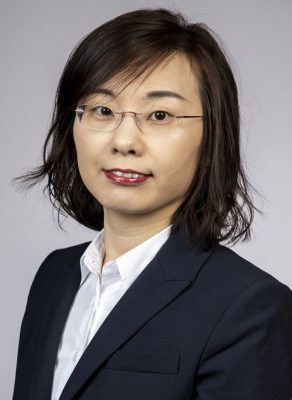 MSE Assistant Professor Xueju “Sophie” Wang has been awarded the NSF Faculty Early Development Program CAREER Award for her proposal entitled “Mechanics of Active Polymers and Morphing structures: Determine the Role of Molecular Interactions and Stiffness Heterogeneity in Reversible Shape Morphing.” It is one of NSF’s most prestigious awards.
MSE Assistant Professor Xueju “Sophie” Wang has been awarded the NSF Faculty Early Development Program CAREER Award for her proposal entitled “Mechanics of Active Polymers and Morphing structures: Determine the Role of Molecular Interactions and Stiffness Heterogeneity in Reversible Shape Morphing.” It is one of NSF’s most prestigious awards.
Wang’s NSF CAREER award will support her research on fundamental studies of the mechanics of innovative active polymers and morphing structures. Soft active polymers that can change their shapes and therefore functionalities upon exposure to external stimuli are promising for many applications, including soft robotics, artificial muscles and tissue repair. This research project aims to establish the missing correlations across the molecular, material and structural levels of novel active polymers for their rational design, manufacturing and applications, by using liquid crystal elastomers as a model material system.
“I am very grateful and honored to receive this prestigious award, and I look forward to working with my students to address challenges in innovative active polymers and to apply them in emerging fields like soft robotics,” Wang said.
Read the full Department of Materials Science and Engineering Story
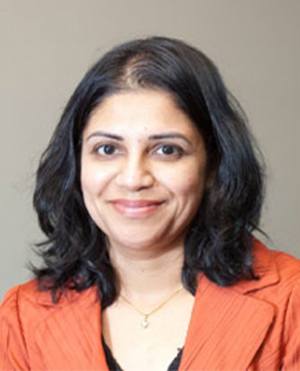
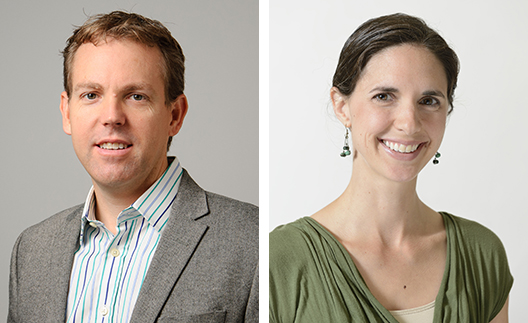
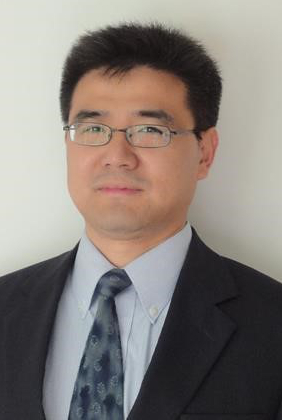
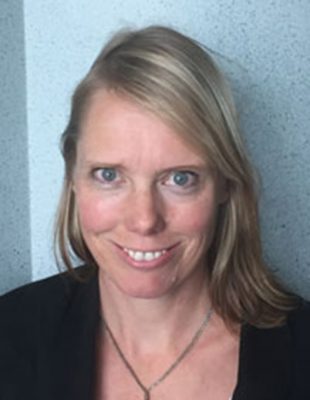 Professor of marine sciences and geography, Heidi Dierssen, has received a nearly $577,000 grant from NASA to study better methods for remote sensing of surface microplastics using satellites. The project will involve a collaboration with a visual artist to advance community understanding of this problem.
Professor of marine sciences and geography, Heidi Dierssen, has received a nearly $577,000 grant from NASA to study better methods for remote sensing of surface microplastics using satellites. The project will involve a collaboration with a visual artist to advance community understanding of this problem.